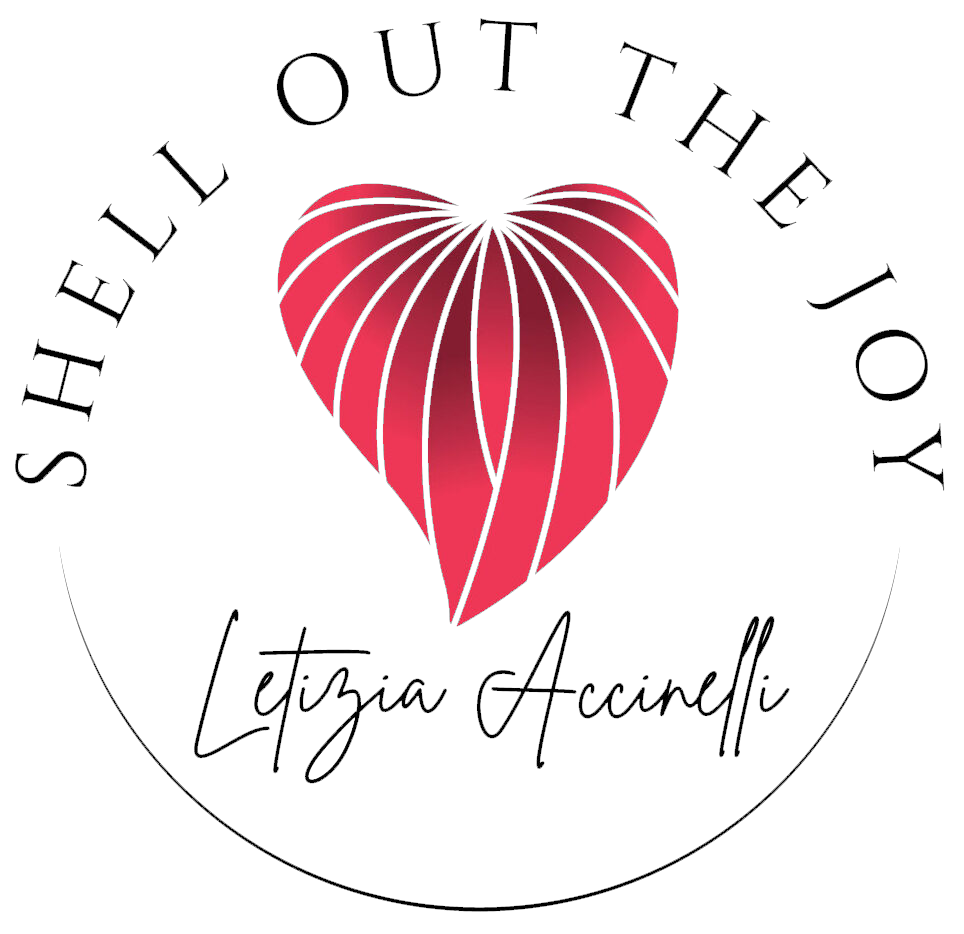Reservation
Online
Integer congue malesuada eros congue varius. Sed malesuada dolor eget velit pretium. Etiam porttitor finibus. Nam suscipit vel ligula at dharetra
Integer congue malesuada eros congue varius. Sed malesuada dolor eget velit pretium. Etiam porttitor finibus. Nam suscipit vel ligula at dharetra
Well, yes!
The body remembers, for better or worse.
The body absorbs our emotions and even our thoughts, for better or worse.
Kind of like a memory mattress that accommodates the body as it is.
“The viscioelastic material of the memory mattress adapts to the body by reacting to weight naturally without putting pressure on it allowing us to maintain a relaxed position.”
So say the advertisements for these mattresses.
I do not have the expertise to judge, but I only know that I sleep well on it.
Our connective tissues are somewhat like the foam in the memory mattress, with a number of important differences: the material that makes up mattresses has little deterioration, and the imprint of the weight it supports is quickly reabsorbed, returning the mattress to its “normal” state.
Our connective fascia, on the other hand, is affected by external or internal pressure for longer.
Try to think of the mark that the elastic of a sock leaves on the ankle. It stays for a while depending on tissue hydration. When the connective fascia is fluid the mark of the elastic stays only for a little while, on the contrary the mark can stay for a long time if the tissues are a little drier
But what is connective fascia?
“The term ‘fascia’ in the singular does not indicate a single physiological entity, but rather a vast membranous complex in which every part is interconnected in a continuous manner. This unified complex of tissues introduced the concept of “wholeness,” which forms the foundation of all modern manual therapy techniques. A fundamental principle of such approaches is that even the slightest tension, whether active or passive, is reflected in the entire complex. “ ( Physiomaster)
When we are in a stressful situation, our sympathetic nervous system is activated in a state of alarm and tentativeness by, for example, slowing down digestive processes and speeding up heartbeats. Our nervous system prepares us for attack or escape.
The body slows down internal attention to focus on external danger.
Our whole system goes on alert: muscles, tissues, bowels.
If this state is prolonged a kind of memory is created, this state is imprinted in the tissues creating rigidity.
“When an individual is in a period of particular stress or at a time of emotional distress he puts all his mental resources into play, leaving the physical ones aside. At the level of various tissues there is thus a progressive drying up, evidenced for example by dry skin, a “pulled ” appearance of the face and movements that are anything but fluid. “
(Jader Tolja)
On a general level then, stress imprints a strong mark on our body, as does a shock or emotions.
Sometimes we do not realize this until we let go of the movement of the body.
I often burst into tears for seemingly no reason as I let go and dance to the music.
I see the same happen to many people during classes or workshops.
The emotions enclosed in the body are sometimes extremly well “hidden” or so imprinted that it seems like a “normal ” condition to us, and only when we really let go of the feelings does something get unblocked.
A few days ago a student told me that some of the movements we do in Nia allowed her to release repressed emotions.
Many of the movements extrapolated from martial arts for example can be seen as “aggressive” movements and in any case movements that are not conforming and suitable for everyday life.
But if we do them in class, perhaps even using the voice, they are extremely powerful.
A good “CHOP CUT” in full voice is extremely liberating.
And then with the emotions we also loosen the visceral “knots,” hydrate the tissues again and bring back freshness, softness even internally.
Our body “memory” tissue constantly informs us of our mental and emotional state. But how often do we leave visceral sensations unnoticed to perhaps listen to the mind?
The art of listening can be learned on one's own through movement or meditation or through somatic education.
I learned it mostly through swimming and sensation in the water, but I am grateful to Nia because she allowed me to bring the awareness I have in the water closer to the awareness I can have even when I am in the presence of gravity.
The ideal then is to do everything to become like a memory mattress: take in everything but then quickly let go of what is not pleasantness.
However, we can create memory in reverse: imprinting in the body only what is pleasant and recalling it when needed.
In this way we can keep our tissues hydrated and feel loose and fluid.
Comments are closed.
